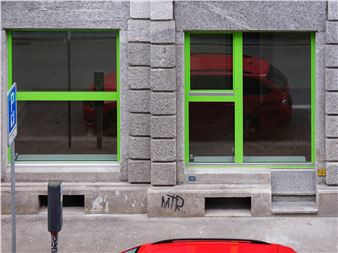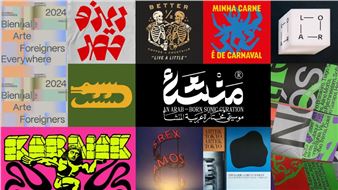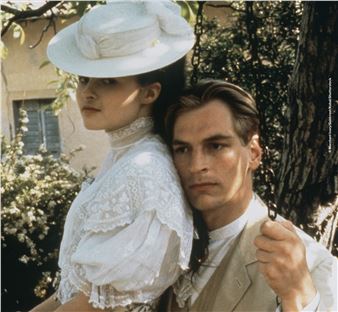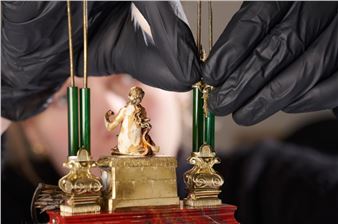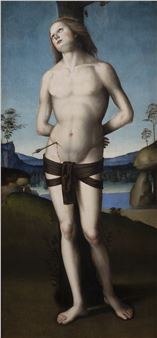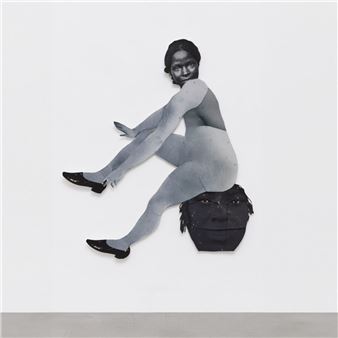Florian Lechner: Render
The exhibition RENDER presents the latest works by the Munich artist Florian Lechner (*1981), which can be understood as a sort of digital sculpture. On the one hand, they make the digital virtuously fruitful for sculpture and, on the other hand, critically deal with its implications for the work of art and the aesthetic experience, which is also referred to in the title of the exhibition.
As an english verb, to render is basically to be understood as making, performing, proving. In German usage, however, this has become established primarily in connection with rendering as a term from design or computer graphics. Understood as synthesis of images, it describes the process of generating an image or a sketch from raw data for 2D or 3D space, whereby specific properties are transferred to the data or specifications are made. The term thus pointedly refers to what Lechner negotiates in his work when he designs bodies in virtual space and prints images of these bodies on aluminum composite panels, which he then further processes. Or when he prints out parts of the body in different sizes with the help of a 3D printer, so that he creates image objects in the sense of the Post Internet, without the need to distinguish between original and copy.
Similar to the challenges of rendering, Lechner uses different forms, materials and formats to negotiate the problematic between virtual viewing and the visibility or visualization of objects, the influence of the appearance of simulated and real surfaces on material properties, as well as the role and function of refractions and light conditions, which has always been one of the fundamental themes of classical sculpture. A significant difference and a decisive distinction from tradition, however, is that Lechner does not bow to its conventions, but breaks away from them in the sense of postmodernism in order to think them further.
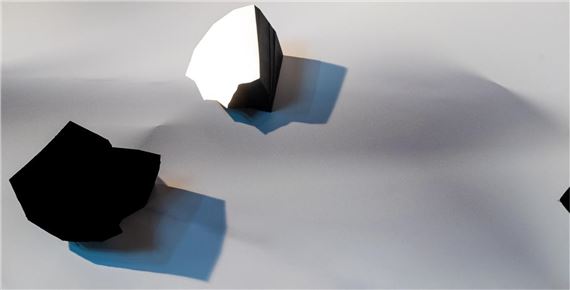
Recommended for you
The exhibition RENDER presents the latest works by the Munich artist Florian Lechner (*1981), which can be understood as a sort of digital sculpture. On the one hand, they make the digital virtuously fruitful for sculpture and, on the other hand, critically deal with its implications for the work of art and the aesthetic experience, which is also referred to in the title of the exhibition.
As an english verb, to render is basically to be understood as making, performing, proving. In German usage, however, this has become established primarily in connection with rendering as a term from design or computer graphics. Understood as synthesis of images, it describes the process of generating an image or a sketch from raw data for 2D or 3D space, whereby specific properties are transferred to the data or specifications are made. The term thus pointedly refers to what Lechner negotiates in his work when he designs bodies in virtual space and prints images of these bodies on aluminum composite panels, which he then further processes. Or when he prints out parts of the body in different sizes with the help of a 3D printer, so that he creates image objects in the sense of the Post Internet, without the need to distinguish between original and copy.
Similar to the challenges of rendering, Lechner uses different forms, materials and formats to negotiate the problematic between virtual viewing and the visibility or visualization of objects, the influence of the appearance of simulated and real surfaces on material properties, as well as the role and function of refractions and light conditions, which has always been one of the fundamental themes of classical sculpture. A significant difference and a decisive distinction from tradition, however, is that Lechner does not bow to its conventions, but breaks away from them in the sense of postmodernism in order to think them further.
Artists on show
Contact details


 ARTISTS
ARTISTS







